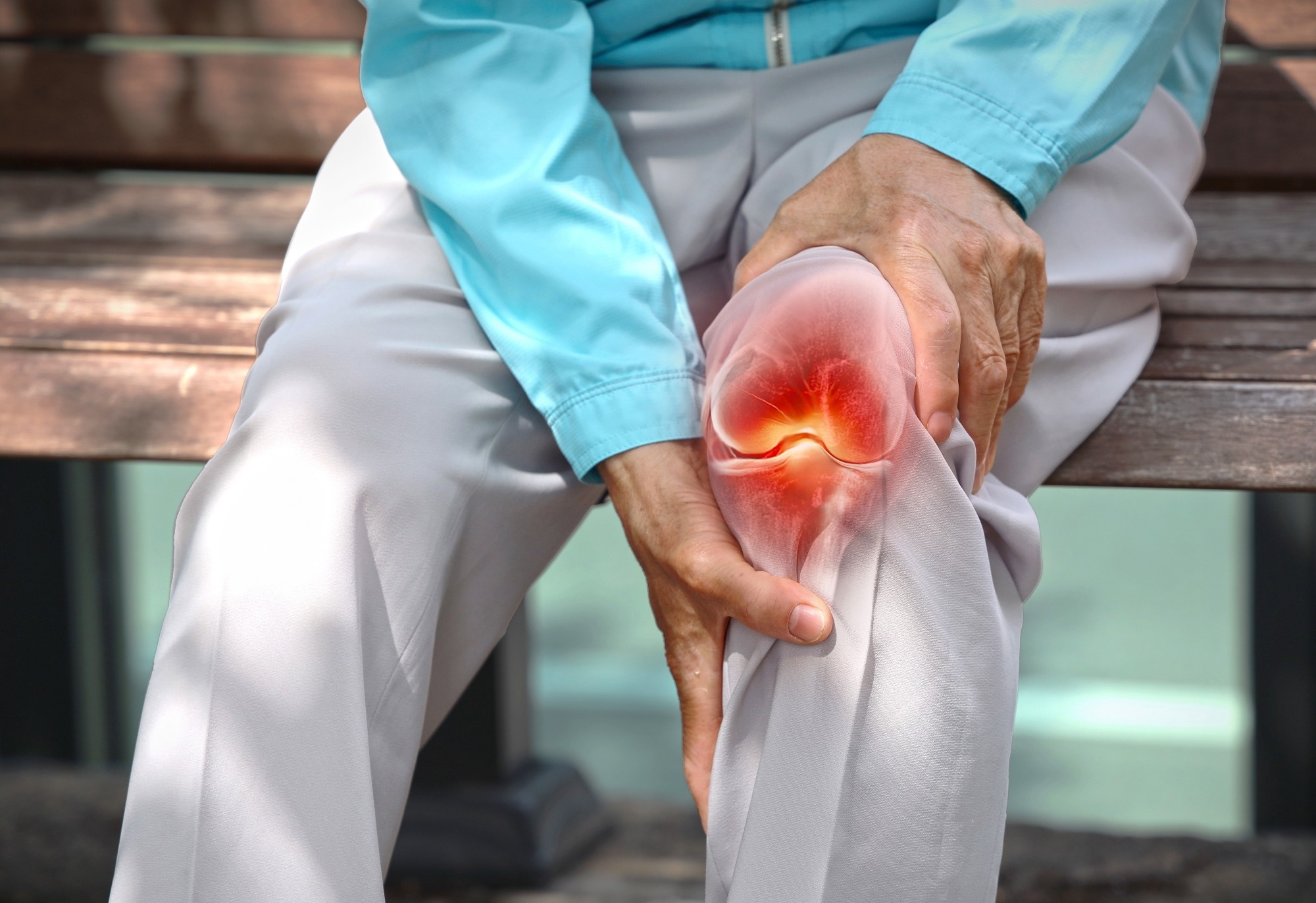
Image Credit: VPLAB/Shutterstock.com
Arthritis affects millions worldwide, causing chronic joint pain and inflammation that can severely limit mobility and quality of life. While heat therapy has long been used to relieve symptoms, conventional tools like heating pads and patches often fall short. They can overheat, cause burns, lose effectiveness, and rarely adjust to everyday challenges like cold weather or damp conditions. Many are also bulky and static, lacking the ability to respond to the body’s needs in real time. These drawbacks underscore the demand for smarter, more responsive therapeutic solutions.
In response, a team from Dalian University of Technology introduced a new wearable thermotherapy system in Microsystems & Nanoengineering. Their device combines temperature and humidity sensors with a thin gold-based heater on a stretchable polyimide film, all designed for autonomous, personalized use. It adapts to both environmental conditions and body movement, offering a discreet, reliable way to manage arthritis symptoms throughout the day.
At its core is a kirigami–serpentine structure - an origami-inspired design that enhances flexibility and stretch. This layout supports a gold temperature sensor, a PEDOT-based humidity sensor, and a Joule heater, allowing the device to fit snugly over joints like the knee while maintaining full functionality during movement. Data collected in real time is processed through a flexible circuit and transmitted via Bluetooth, enabling heat adjustments within one second and maintaining stable temperatures with less than 0.1 °C variation at the target of 45 °C.
The system is designed for versatility. It can deliver custom heat cycles on demand, automatically activate in cold conditions, and manage moisture to reduce joint stiffness.
Outdoor tests showed the device effectively raised local skin temperature and steadily lowered humidity. Using photoplethysmography (PPG), researchers also confirmed a significant boost in local blood flow, an important factor in pain relief. The design proved durable through more than 1000 cycles, remaining accurate during walking, stretching, and running, while delivering clinical-grade function in an everyday wearable format.
Our goal was to make thermal therapy truly wearable - not just portable, but adaptive and intuitive. By integrating precise sensors and closed-loop control into a stretchable format, we're giving patients the ability to receive therapy in real time, tailored to their specific environment and condition. This technology reflects the future of personalized medicine, where treatment moves with the body and responds as needed. It's not just engineering - it's empathy through innovation.
Dr. Mengxi Wu, Study Co-Corresponding Author, Dalian University of Technology
Beyond arthritis, the device points to broader applications. Its modular, responsive design makes it suitable for integration into clothing, bandages, or therapeutic garments.
Conditions sensitive to temperature and humidity - like circulatory issues, muscle injuries, or autoimmune disorders - could benefit from similar approaches. The platform may also be adapted for smart wound care, rehabilitation, or responsive textiles.
As digital health continues to evolve, innovations like this bring therapy closer to the wearer, where care adjusts on the go, whenever and wherever it’s needed most.
Journal Reference:
Liu, Z., et al. (2025) Stretchable multifunctional wearable system for real-time and on-demand thermotherapy of arthritis. Microsystems & Nanoengineering. doi.org/10.1038/s41378-025-00912-8